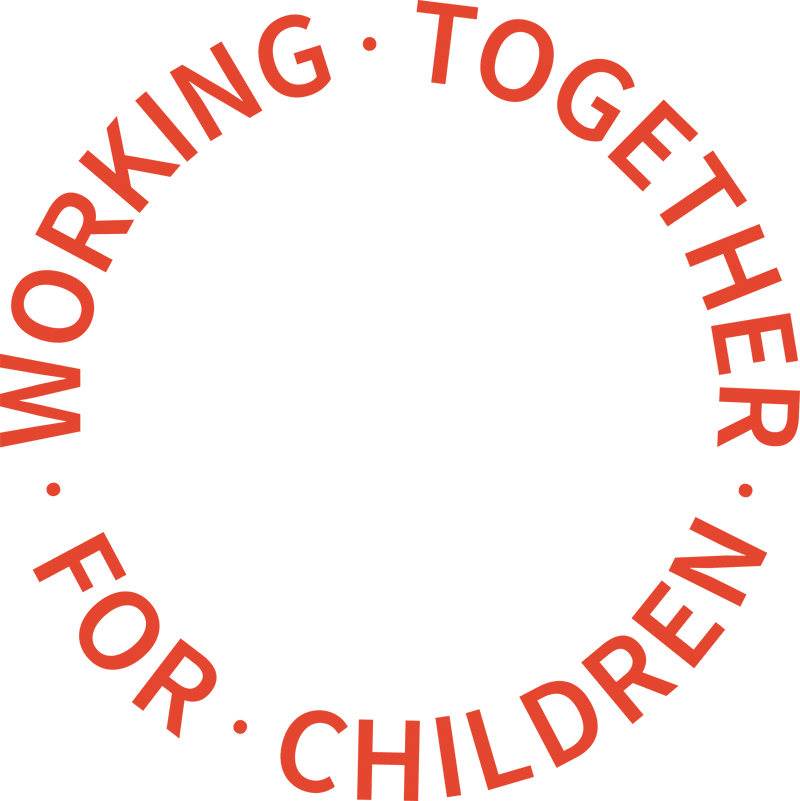There has been an explosion in online-facilitated child sexual abuse and law enforcement is struggling to keep pace, the Independent Inquiry into Child Sexual Abuse has warned.
While there have been improvements in the response of law enforcement, industry and government to online-facilitated child sexual abuse over the last five years, it is difficult to assess the efficacy of the industry’s response if the companies do not know the scale of the problem on their platforms and services.
“The internet companies must do more to identify the true scale of the different types of offending. Such information should be publicly available,” said the report following the IICSA’s investigation into the internet.
The number of indecent images of children worldwide is millions. The NSPCC has estimated that approximately half a million men in the UK may have viewed indecent images of children.
In 2018, the Internet Watch Foundation received nearly 230,000 reports of suspected online child sexual abuse. UK law enforcement record more than 10 grooming offences per day and arrest between 400 and 450 people per month for offences of online-facilitated child sexual abuse and exploitation.
“The increase in access to and use of the internet has brought undeniable benefits to society,” said the report. “It has also enabled a section of society to misuse the internet to distribute indecent images of children; groom and manipulate children in order to commit sexual acts on them; and live stream the sexual abuse of children from around the world.”
“The harm done to children and their families is incalculable. We heard evidence from victims and their families about the devastating and long-term impact that this abuse has on them. Those affected live in fear that images of them being sexually abused remain available on the internet. Parents described their children being groomed as “any parent’s nightmare,”” the report added.
An ‘indecent’ image refers to a spectrum of offending, some of which includes the rape and torture of babies and toddlers. Although the most deviant kind of images tend to be accessed on the dark web, the vast majority of sites that host indecent images of children are available on the open web and are potentially accessible to a worldwide audience.
Several police forces have reported a rise in offences of online grooming. Facebook, Instagram and Snapchat are frequently named as the most common platforms where grooming occurs.
Alarmingly, the true scale of offending and the number of children who have been victims of online facilitated child sexual abuse is likely to be far higher than the number of reported offences.
Internet companies have made significant efforts to detect indecent images of children on their platforms and services. The development of PhotoDNA in 2009 greatly increased the ability of internet companies to detect previously identified child sexual abuse imagery. Other technological developments now exist to identify newly created or previously unidentified indecent images and videos.
The IWF has made impressive progress in removing child sexual abuse material from web addresses that are hosted in the UK. When the IWF was set up in 1996, the UK hosted 18 percent of the worldwide total of online child sexual abuse imagery. By 2018, the figure was 0.04 percent.
The increase in detection and the removal of indecent images is important but this does not address the issue of ease of access to this imagery. It is still possible to access indecent images of a child from common search engines in only “three clicks”.
The inquiry states that internet companies must do more to pre-screen material before it is uploaded to their platforms and systems.
The inquiry considers that preventing a user from accessing child sexual abuse material is a vital and necessary step in the fight against possession and distribution of indecent
There has also been a “rapid escalation” in the number of children being groomed on the internet particularly on social media platforms.
While most internet companies prohibit children under 13 accessing their platforms, the inquiry repeatedly heard evidence that children under 13 easily gained access to their services and under 13-year-olds, especially girls, are at significant risk of being groomed. Furthermore, internet companies failed to demonstrate that they were fully aware of the scale of underage use and the lack of a comprehensive plan from industry and government to combat this problem should be urgently addressed, the report says.
“The Inquiry heard that collaboration between industry, law enforcement and government has resulted in a number of technological developments that help detect grooming. However, the Inquiry is not confident that internet companies are doing all they could to tackle online grooming on their platforms,” the report added.
Encryption poses a real risk to the ability of law enforcement to detect and investigate online-facilitated child sexual abuse, it warned.
Furthermore, the institutional response to live streaming is not as well developed as the responses to the grooming of children and the possession and distribution of indecent images of children. The inquiry are also unconvinced that internet companies fully understand the scale of the problem and state that the use of human moderators to monitor live streams is therefore a key feature of the response.
There was evidence from industry witnesses that their respective companies were committed to trying to prevent online-facilitated child sexual abuse. However, industry’s response was, at times, reactive and seemingly motivated by the desire to avoid reputational damage. Transparency reports published by the internet companies provide only part of the picture and there is a lack of guidance and regulation setting out the information that must be provided, the report added.
The government published its Online Harms White Paper aimed at tackling the threat of online child sexual abuse and exploitation, however, the timetable for implementation of this legislation is unclear.
“The prospective interim code of practice in respect of child sexual abuse and exploitation offers a very real opportunity to make children in the UK safer online. We therefore unhesitatingly recommend that the interim code is published without further delay,” the report concluded.
Independent Inquiry into Child Sexual Abuse Investigation on The Internet


